From when mammoths stalked the Manzanares River to when Napoleon stomped through the city’s gates, these three museums reveal Madrid through the ages. And the good news is, they’re all completely free!
The Museum of San Isidro: The Origins of Madrid

The first of my three museums that reveal Madrid through the ages is The Museum of San Isidro in La Latina. The museum is named after Madrid’s patron saint, San Isidro whose house was located on this very spot. Born around 1070 and dying around 1130, San Isidro would have been witness to the 1083 Christian invasion of Madrid by Alfonso VI of León and Castile. This means he would have initially lived under Islamic rule when Madrid was called Mayrit, or place of many springs. Indeed, the miraculous well of San Isidro (on display in the house) is a fine example of how well water resources were harnessed during the kingdom of Al-Andalus. You can find out about this and see other remains from this period in the museum.
But that’s not all, this museum goes much further back in time to when wooly mammoths roamed the banks of the Manzanares River, making it a must visit for anyone with an interest in the fossil record of the city. And while Madrid was never an important Roman settlement, there are Roman remains aplenty from country villas scattered around the area. Besides an impressive collection archeological findings, I’m particularly fond of this museum for its model and video on Madrid’s city walls, which allow the visitor to see how the city has grown since the medieval period. Also of note is the tomb of Beatriz Galindo or La Latina, a child prodigy who gave her name to the neighbourhood.
Lope de Vega Museum

Spain’s answer to William Shakespeare lived in this sweet little house in Barrio de Las Letras. Born just two years after the Bard himself in 1562, Lope de Vega led a swashbuckling life of adventure, getting himself exiled from Castile for slander, redeeming himself by joining the Spanish Armada and having countless lovers, before settling down to join the priesthood. In amongst all this action he managed to become one of the world’s most prolific authors, penning thousands of sonnets, around 500 plays and three novels. A feat that made him the most popular writer of his time, raising the hackles of Cervantes, a much lesser known scribe.
Lope de Vega’s star has, of course, faded in the English speaking world as Cervantes’ has risen, so you may not have heard of him until now. Nevertheless, if you’re interested in discovering what Madrid was like during the Siglo de Oro when it first became the capital of Spain, this is an excellent introduction. All the rooms have been kitted out with furniture from the time and the guide will explain in English about the unusual Regalía de Aposento law that shaped the architecture of Madrid when the court first descended.
While the museum is free, you can only visit as part of a guided tour that must be booked in advance.
Museum of the History of Madrid

The last stop on this tour of three museums that reveal Madrid through the ages is The Museum of Madrid in trendy Malasaña. Housed in a splendid 18th century building, this museum paints a portrait of the city from when it first became the nation’s capital in 1561. Highlights include a section explaining the complex politics surrounding the 1808 Dos de Mayo uprising against the French. However, I’m particularly fond of the section on the Esquilache Riots as it triggered my interest in the history of Madrid and inspired me to write my very first blog post for The Making of Madrid five years ago. These days I’m a regular visitor to the museum, bringing groups here on my tour of Malasaña, where I get to explain all about how dastardly Ferdinand the VII was and about how Joseph Bonaparte was far from the womanising drunkard his enemies painted him out to be.
Are you interested in finding out more about Madrid? Let me be your guide. Simply check out the unique walking tours I have on offer and drop me a line. If you’re after something tailored to your own interests, I’m more than happy to accommodate.
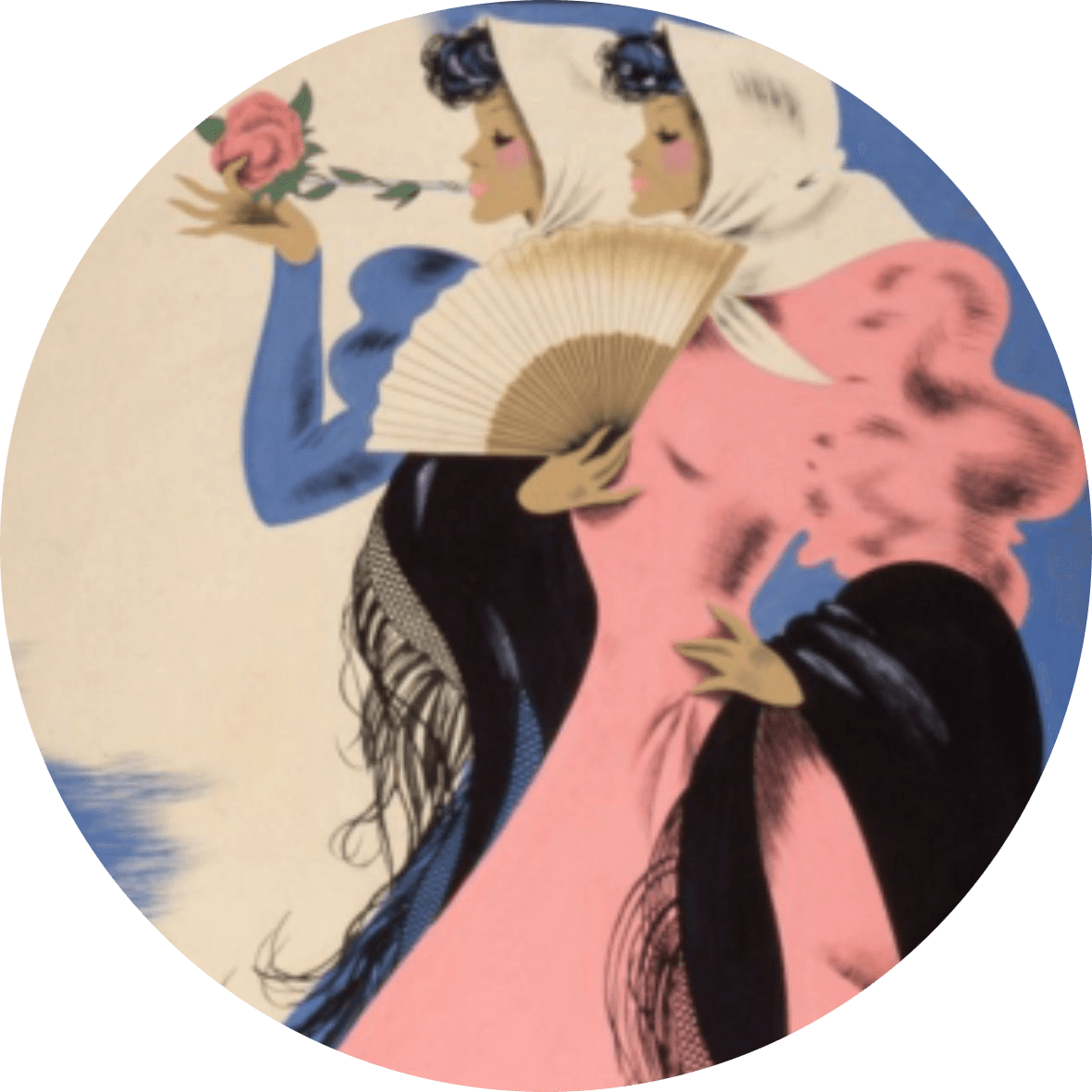
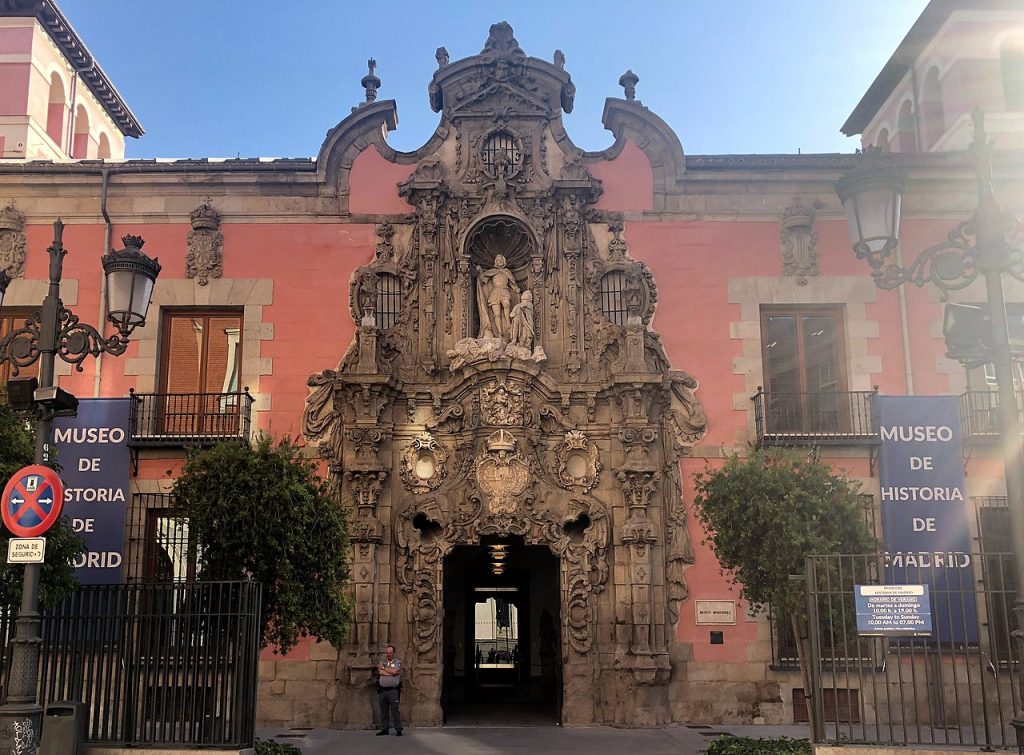
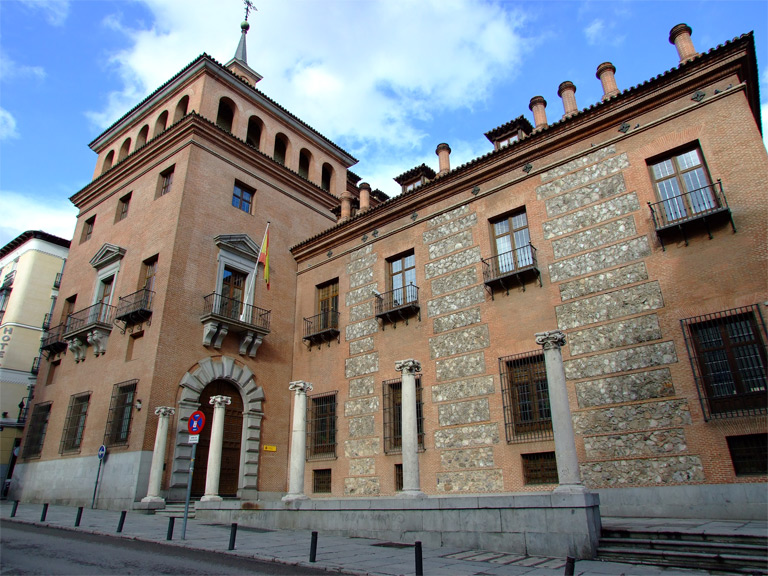
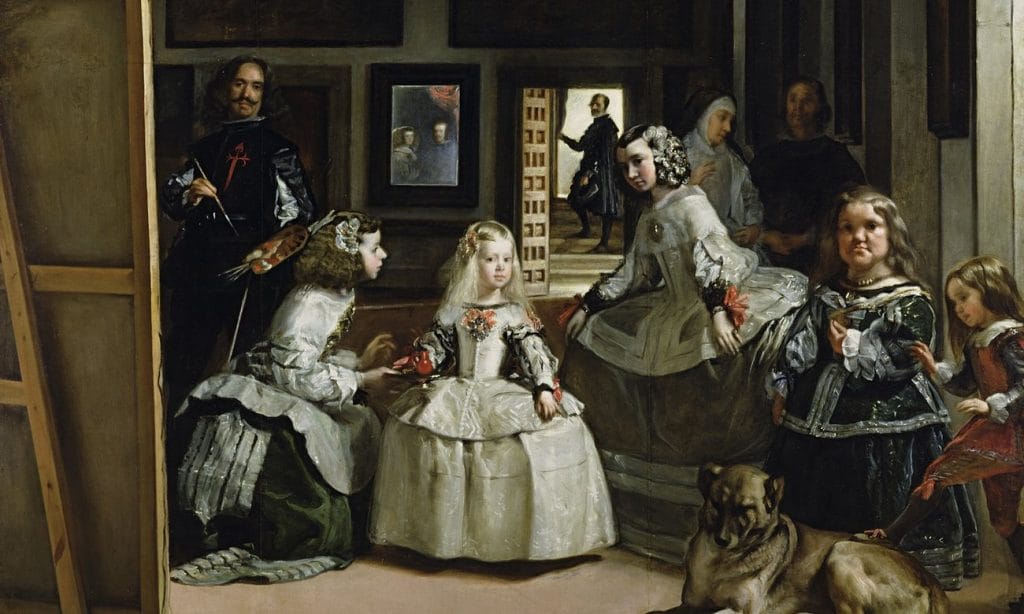
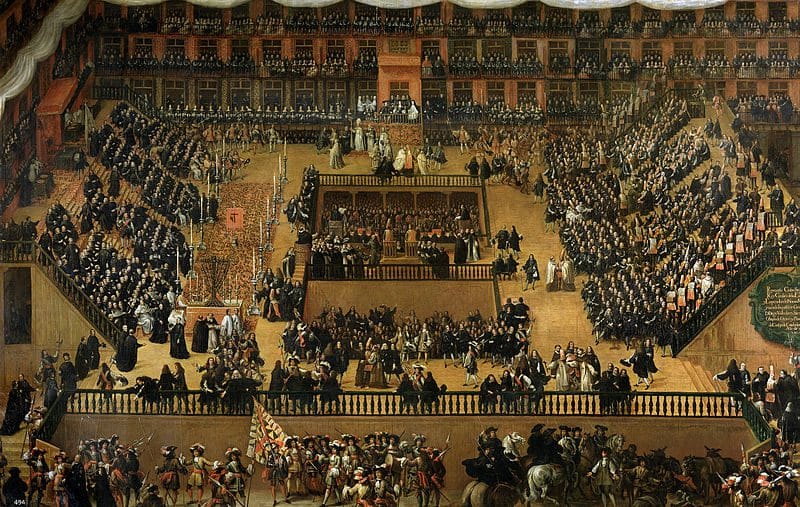
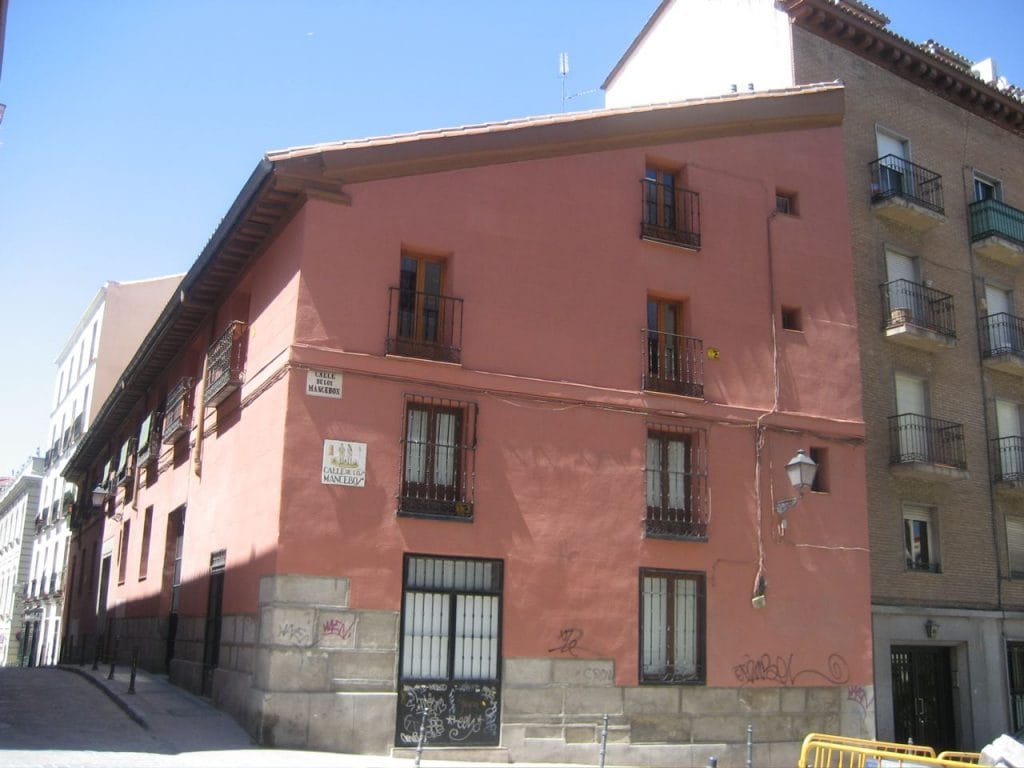
Pingback: The Confused Identity of Plaza de Juan Pujol - The Making of Madrid
Pingback: Best Day Trips from Madrid - The Making of Madrid
Pingback: Hidden Corners of Malasaña - The Making of Madrid
Pingback: San Isidro Madrid's (male) patron saint - The Making of Madrid
Pingback: Where to find a bathroom in Madrid - The Making of Madrid